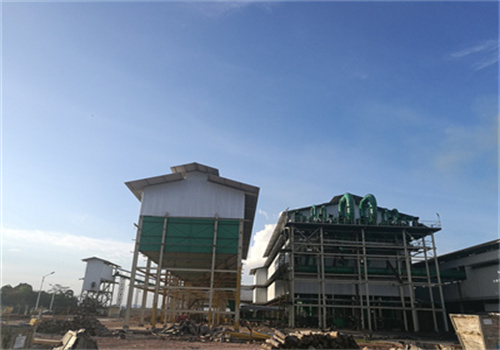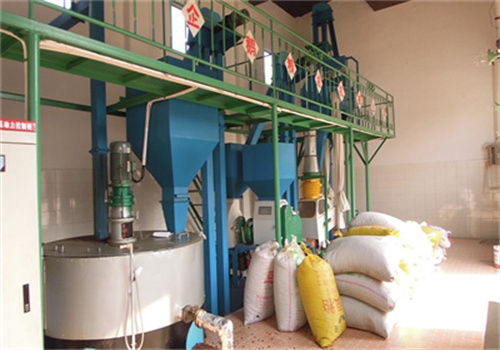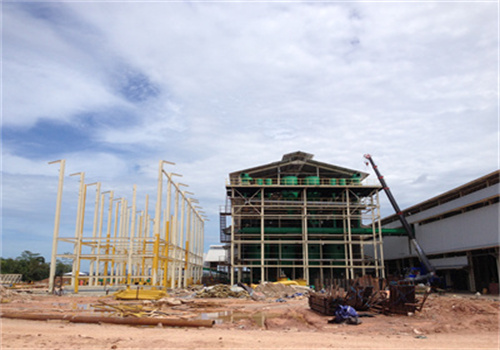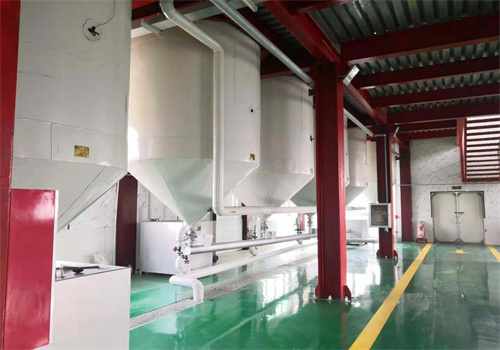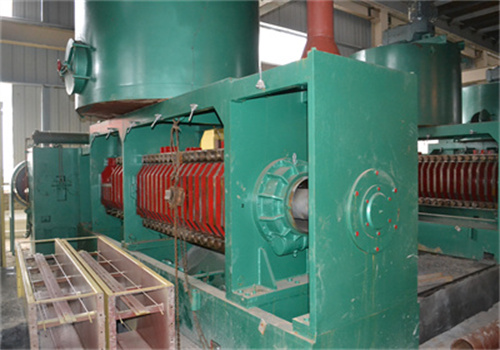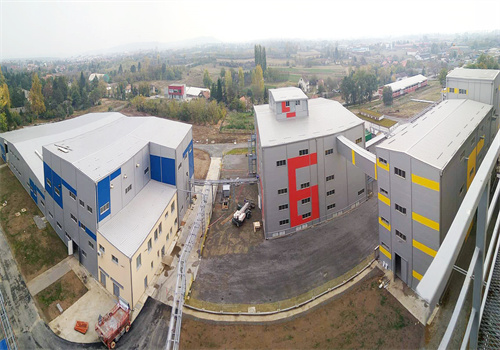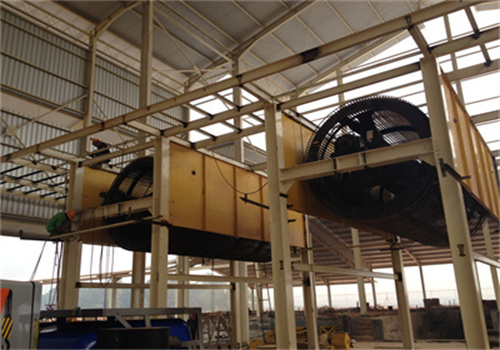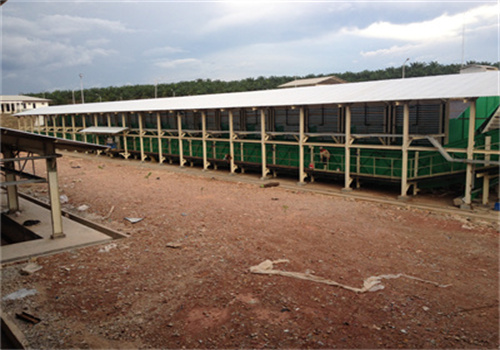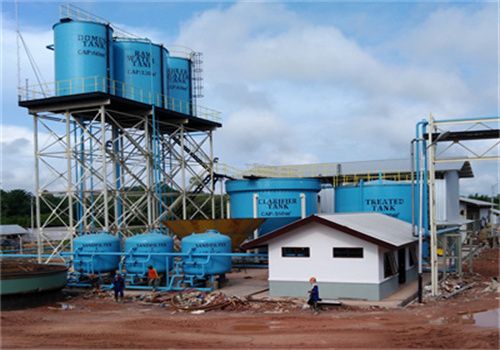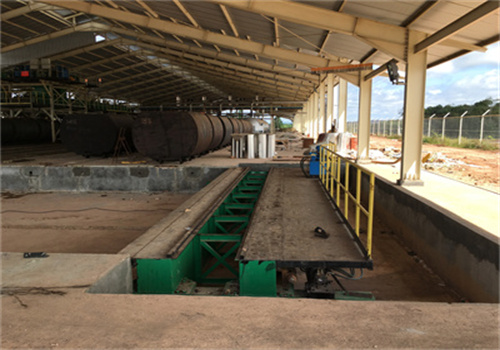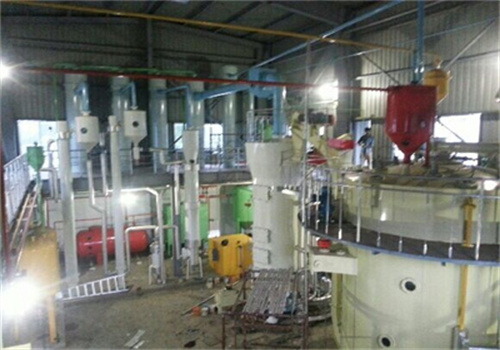south africa 1 ton/hour baobab seed oil production line project
south africa 1 ton/hour baobab seed oil production line project
| Product Name | baobab seed oil production line |
| Power | 18.5-22kw |
| Structure | Horizontal |
| Voltage | 380V/50HZ/3 phase |
| Weight | 420kg |
| Processing Capacity | 100 t/d |
| Overall dimensions | 1980*680*1460mm |
| Operation | Easy |
| Advantage | Simple operation |
| Key selling points | high-accuracy |
| After-sales Service | Technology Supporting |
baobab seed oil extraction plant manufacturer 10-50 tons per day
baobab seeds contain about 10-30% oil by weight, depending on growing conditions. we undertake turnkey project solutions for complete baobab seed oil extraction plant. baobab seeds are mainly distributed in african countries such as senegal, mali, ghana, burkina faso, niger, chad, ethiopia, zambia, south africa, etc.
commercial baobab seed oil production line machine,high yield baobab seed oil press for cold pressing baobab oil press, hydraulic oil press, oil refining machine. production capacity: 200t~300t/d; model: q-0924; voltage: 220v/380v; power (w): according to capacity; dimensions (l*w*h): 1200*400*900mm3; certification: iso9001; after-sales service: yes
factory sales small baobab seed oil production line
baobab oil is an excellent skin moisturizer that is quickly absorbed by the skin without clogging the pores. baobab foundation the baobab foundation was established to support baobab planting and kindergartens in the poorest areas of south africa, where baobab fruit is harvested for ecological products.
enhance the quality of essential and vegetable oils.south africa is the third most biodiverse country in the world and therefore has the potential to become a major supplier of essential and vegetable oils worldwide. vegetable oil: oil extracted from fruits, nuts or seedsadvantagesseasonal availability: the production season in south africa is different from that in the northern hemisphere
enhance the quality of south african vegetable oil exports
and adjust the oil profile standards to be consistent with the oils produced in south africa. now available on the sabs as the south african national standard for rose geranium, the newly developed south african standard for baobab seed oil. unique to south africa, recently published by the sabs. sabs technical committee (tc) 0040
baobab seed oil supplierafrika botanicals,organic and conventional baobab seed oil supplier. our baobab seed oil comes from different countries including south africa, botswana, namibia and zimbabwe. africa is the natural home of the baobab tree. we do not purchase any baobab products from madagascar.
south africa moringa baobab seed oil production line machine
can you grow moringa in south africa? experienced banker, financial advisor and moringa farmer seniren naidoo shares some important guidelines to consider when planning to grow moringa in south africa. naidoo says it is important to understand your general land requirements. well-drained soil is key and should have a slightly acidic to neutral ph level. is moringa […]
baobab seed oil suppliersafrika botanicals,organic and conventional baobab seed oil suppliers. our baobab seed oil is sourced from different countries including south africa, botswana, namibia and zimbabwe. africa is the natural home of the baobab tree. we do not purchase any baobab products from madagascar.
prices/seed oils/seed oil production lines in south africa
oilseed productionsoybean production is expected to grow at an average annual rate of 1.3%, compared to an average annual growth rate of 4.0% over the past decade. production of other oilseeds (rapeseed, sunflower seeds and peanuts) will grow at a slower rate, averaging 1.2% per year, compared to an average annual growth rate of 2.8% over the past decade (2010-2019).
biodiesel production from baobab (adansonia digitata l.) seeds,there are some successful practices, such as the production of non-edible jatropha oil in south asia (meher et al., 2013; mofijur et al., 2012) and baobab (adansonia digitata,the beauty of baobab: a preliminary study on the safety and efficacy of baobab,in south africa, baobab and marula are the two most popular indigenous tree species for seed oil production (venter, 2012). seed oil extracted from baobab pulp is widely used in the cosmetics industry and sold internationally (munthali et al., 2012). about 33% the seed content is oil containing oleic and linoleic acid
strengthening the quality of south african vegetable oil exports
and adjusted the oil standards to be consistent with those produced in south africa. now the south african bureau of standards (sabs) has made available the south african national standard for rose geranium, the newly developed south african standard for baobab seed oil. unique to south africa, and recently published by the south african bureau of standards (sabs). sabs technical committee (tc) 0040 organic baobab seed oil international fragrances restore moisture and soft texture to mature skin with baobab oil moisturizer. relieve pain. calm irritated skin with soothing, restorative baobab oil body cream. skin tone hair scalp. apply a small amount of baobab oil to dry hair for added moisture and shine!
30 tons/hour oil palm production line equipment,main products. huatai machinery has developed projects including large-scale oilseed pretreatment and pressing, oil pressing, refining and fractionation production line projects, conveying equipment projects, corn/corn flour, grits, germ mills and corn processing production lines, biodiesel technology, cottonseed, rice bran and soybean protein technology, and palm oil processing production lines.
european market potential baobab oil cbi
baobab is native to senegal, zimbabwe, south africa, benin, sudan, kenya, botswana, madagascar, angola, namibia and zambia. baobab is the kernel of the baobab seed, from which baobab oil can be extracted. the commercial production of baobab oil is mainly carried out in zimbabwe, south africa, senegal and sudan.
adansonia digitata l. seeds,baobab products, especially fruit derivatives such as baobab seed oil and baobab pulp, are being exported overseas, especially to europe, canada, and the united states (venter and witkowski, 2010). figure 1 depicts the baobab fruit and green pulp.
quantitative changes in fatty acid composition of seed oil
baobab seed oil is extracted from the seed kernels of adansonia digitata in south africa and is in increasing demand worldwide. ¹h and ¹³c nmr is used to authenticate biodiesel produced from
high quality fruit and seed production of high and low yielding baobab trees,the viability of baobab seeds was evaluated using 0.1% tetrazolium solution and it was found that the viability of all tested seeds of both high and low yielding baobab trees was 100%. the results of this study may help determine which land use types have the lowest seed yields for baobab and therefore require additional conservation efforts to ensure
production of biodiesel from baobab seed oil
in this study, baobab seed oil and methanol were used as feedstocks in a 5:1 (v/v) ratio. the biodiesel was produced by using 0.1% tetrazolium solution to produce biodiesel. after transesterification of crude oil extract, the biodiesel had a viscosity of 0.859 cm -2 and the obtained cloud point, pour point and flash point were 10 oc, 20 oc and 17 oc respectively.
best price growth performance and carcass characteristics in south africa,four isonitrogenous and isoenergetic diets were formulated containing either 10% or 15% baobab seed cake or macadamia oil cake (table 1). the diets were formulated to contain 15-16% crude protein and 12 mj me/kg of nutrients required for growing lambs.
to enhance the value of baobab for biofuel production
in this study, novozyme-435 (cal-b) was used as a biocatalyst for biodiesel production. results and seed yields of producers and low producers were estimated using 0.1% tetrazolium solution at 50 °c and 100% viability was found in seeds of all tested producer and low producer baobab trees. the results of this study may help identify the types of land use with the lowest baobab seed yields and therefore require additional conservation efforts to ensure
large harvesting from the tree of life: responsible commercialization of baobab in south africa and malawi
quantitative variation in the fatty acid composition of the seed oil
the degree of saponification of baobab seed oil is comparable to some edible oils such as palm, marula, and peanut oils (eromosele and eromosele, 1993, mariod et al., 2004). in addition, the iodine value of 87.9 g/100 g has been used to classify baobab seed oil as a non-drying oil (nkafamiya, osemeahon, dahiru, umaru, 2007).
small harvesting from the tree of life: responsible commercialization of baobab in south africa and malawi
pdf
medium scale harvesting from the tree of life: responsible commercialization of baobab in south africa and malawi
pdf
factory price cosmetology
adansonia digitata seed oil scielo
automatic in the baobab tree: a pilot study of the safety and efficacy of adansonia digitata seed oil
factory price cosmetology
adansonia digitata seed oil scielo
automatic in the baobab tree: a pilot study of the safety and efficacy of adansonia digitata seed oil
automatic baatile m. komanea, ilze vermaaka,b, guy pp kamatoua, beverley summersc, alvaro m. viljoena ,b ∗ a department of pharmaceutical sciences, tshwane university of technology, pretoria, south africa
using the baobab tree (adansonia digitata l.) biodiesel production from seeds
a one-factor-at-a-time experimental design was used to study the effects of temperature (30–70°c), time (0.5–2.5h), catalyst-to-oil ratio (0.7–3.5wt.%) and methanol-to-oil ratio (10–50wt.%) on the transesterification of baobab oil. the optimum conditions for biodiesel production were as follows: reaction temperature (60°c), reaction time (1
baobab (adansonia digitata l.) public fruit production,this study aimed to determine whether recruitment is seed or institution (microsite) limited. from five annual seed crops, baobab seeds consistently showed high viability (89%) and field trials showed that they form a persistent soil seed bank. seed yields were large (5500 ± 2334 seeds/ha), so recruitment does not appear to be seed limited.
